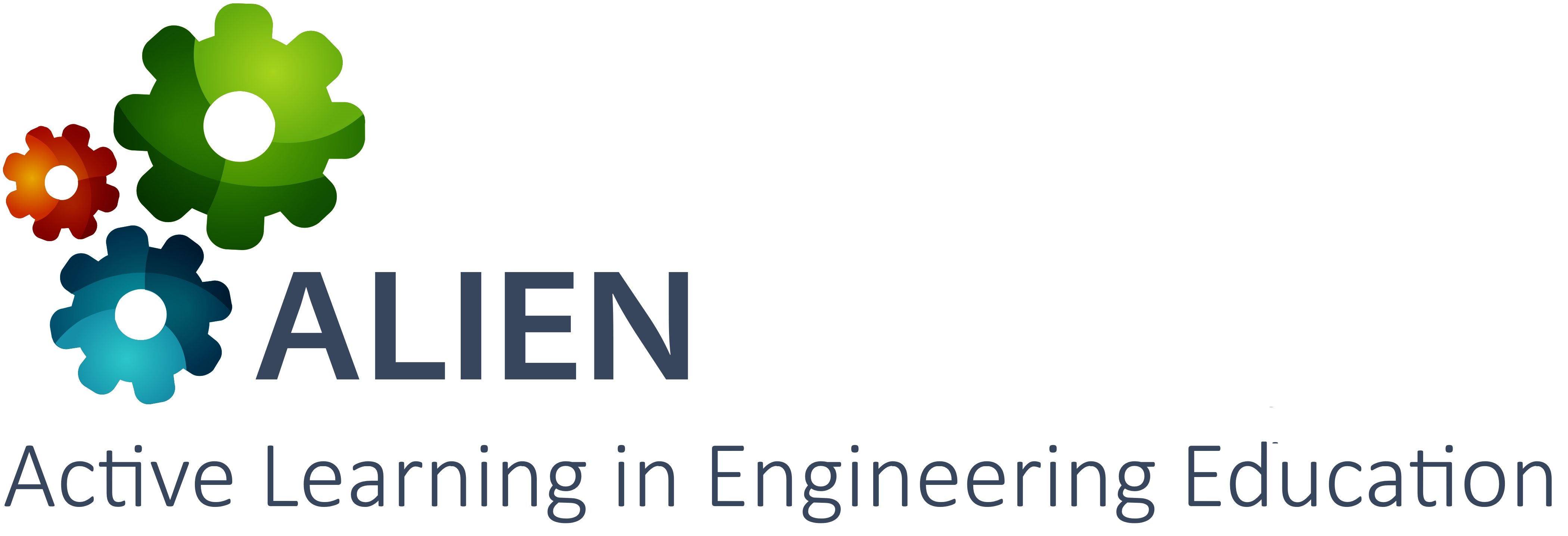Course overview
This course aims to teach students about prototyping and the Internet of Things. The aims are to develop an understanding of the technologies underpinning the Internet of Things and how they communicate, to develop the skills necessary to design, develop, test, and evaluate secure applications created within the scope of the Internet of Things, to explore legal, ethical, social, and user experience issues relating to the Internet of Things, and to enhance the student’s ability to select appropriate hardware and software for devices used within the Internet of Things.
Participants in piloting
The course is an option for students on the BSc Computer Networking and the BSc Computer Science degree. The following groups of students were engaged:
- 34 students in academic year 2019 – 2020.
- 53 students in academic year 2020 – 2021.
Timeframe
academic year 2019 – 2020
academic year 2020 – 2021
Use of ALIEN services and tools
The students were tasked with trying to respond to a funding call, based around a real-life scenario. According to the scenario, the University of Central Lancashire has recently set up a Research Centre for Digital Life and they is looking to fund a small number of innovative projects that use Internet of Things to improve the lives of people in Lancashire. The students were told that the call is open and were asked to clearly identify the user group, which could be children, the elderly, farmers, commuters, and more. Furthermore, they were asked to clearly describe the benefit of their proposed system to the user. Students were challenged to create an annotated storyboard that clearly demonstrates their Internet of Things system. Through annotations clearly explained how the system worked with respect to the Internet of Things, the sensing layer, network layer, data processing layer, and application layer. The storyboard and annotations should clearly demonstrate how data was to be captured, transferred, processed, and how the end user would interact with the data.
The students were required to investigate regional problems, understand communities and identify hardware which would be feasible to use, and then design a system. They then used Arduino® technology and sensors to prototype parts of this system. Weekly laboratories were used to facilitate the task and enable students to ask questions about their proposal.


